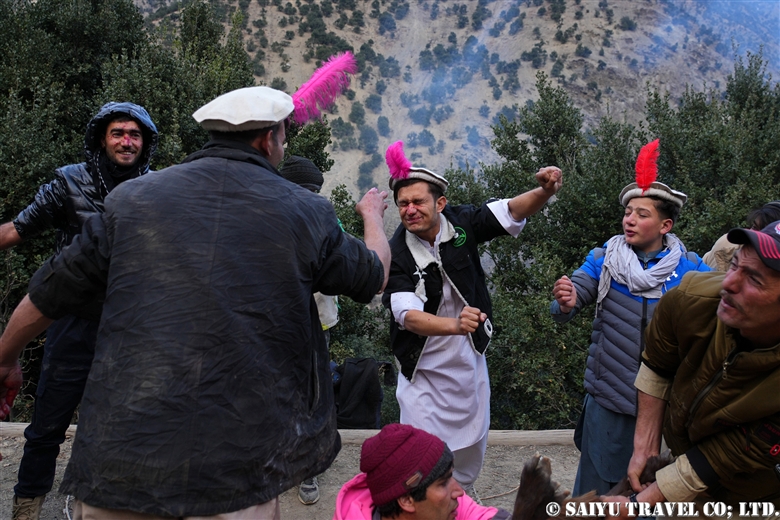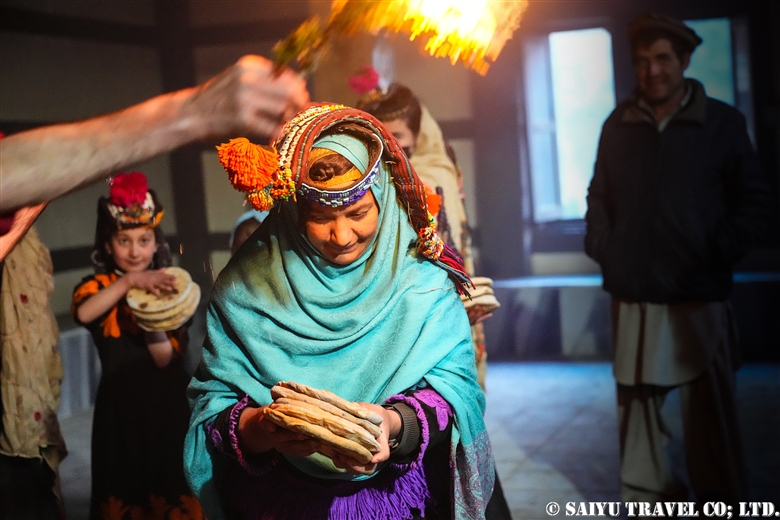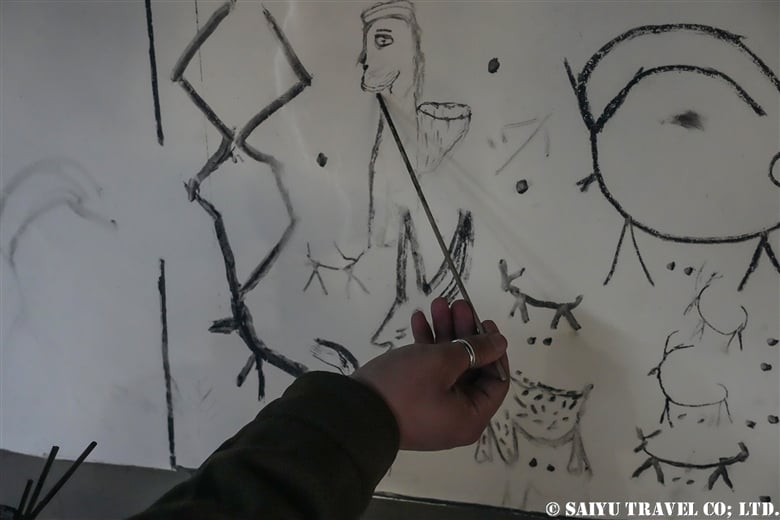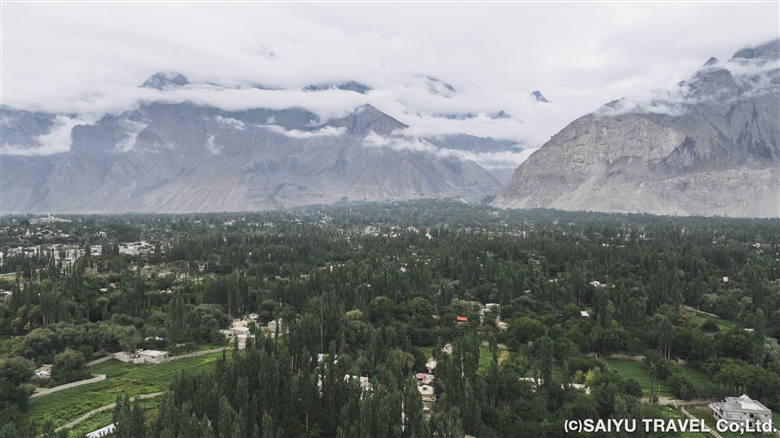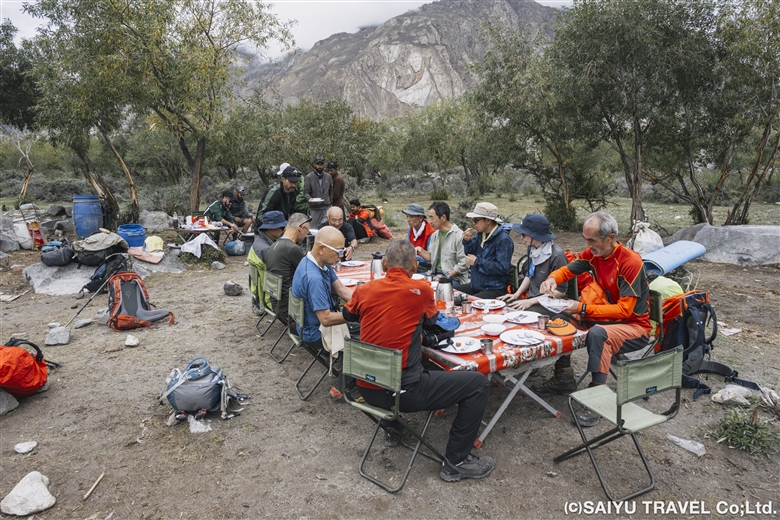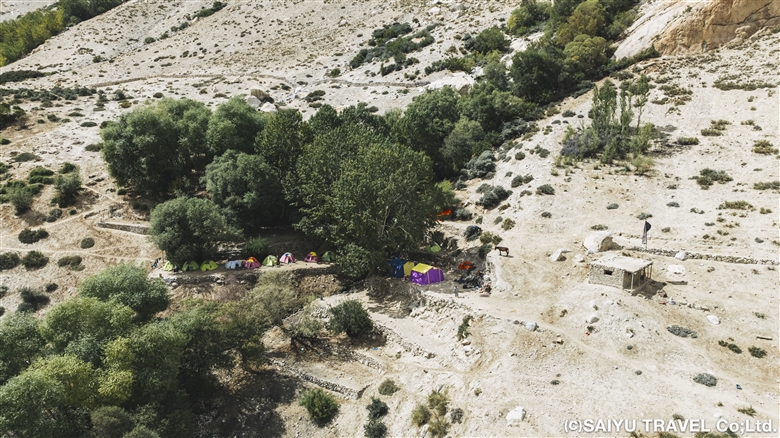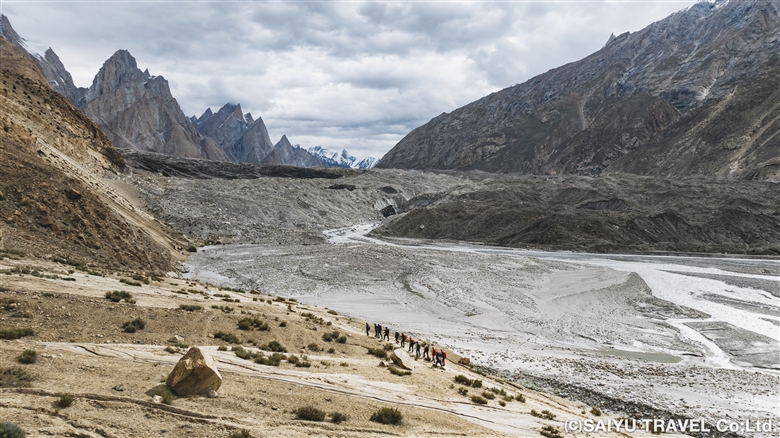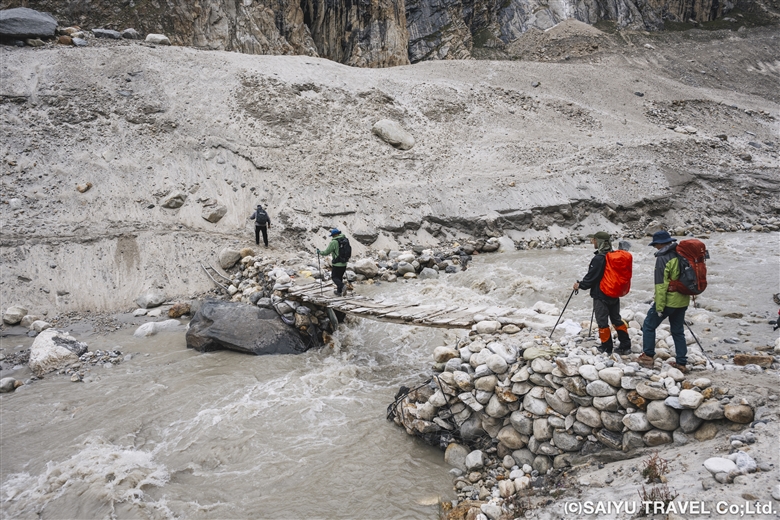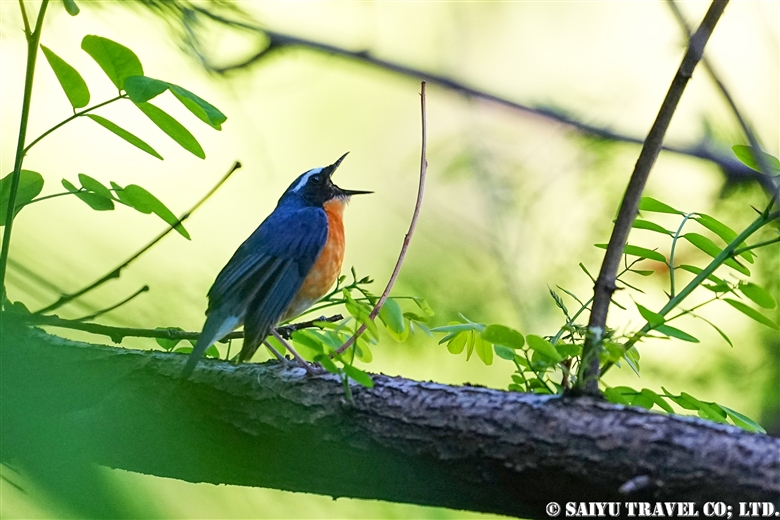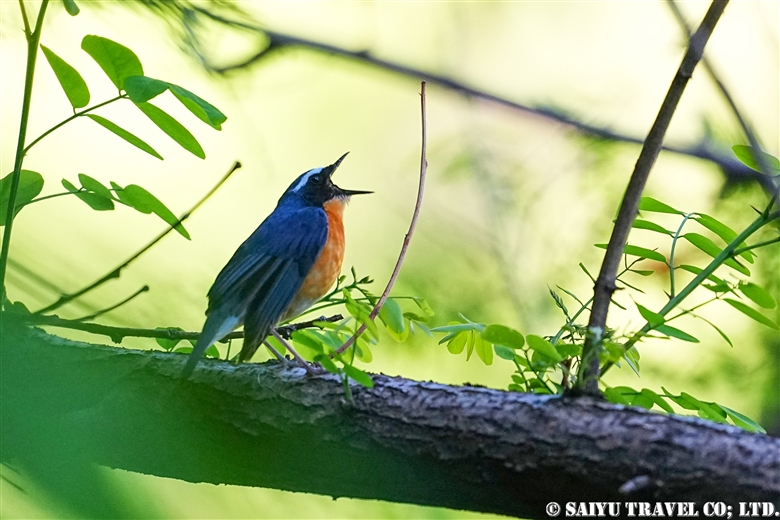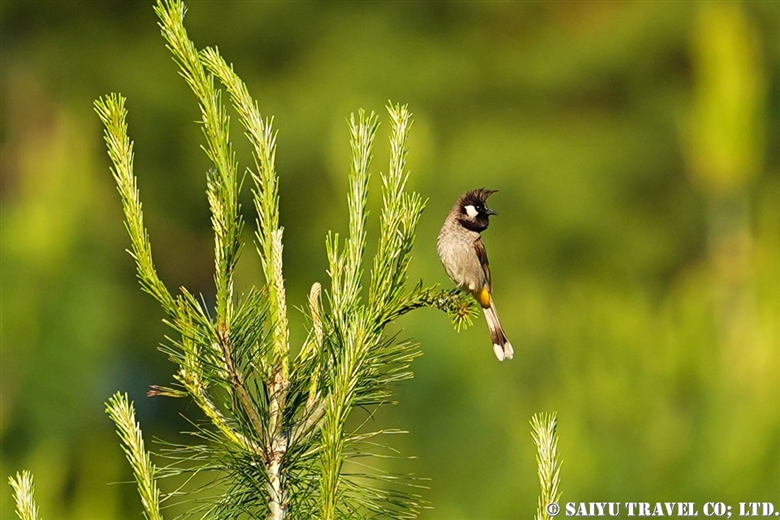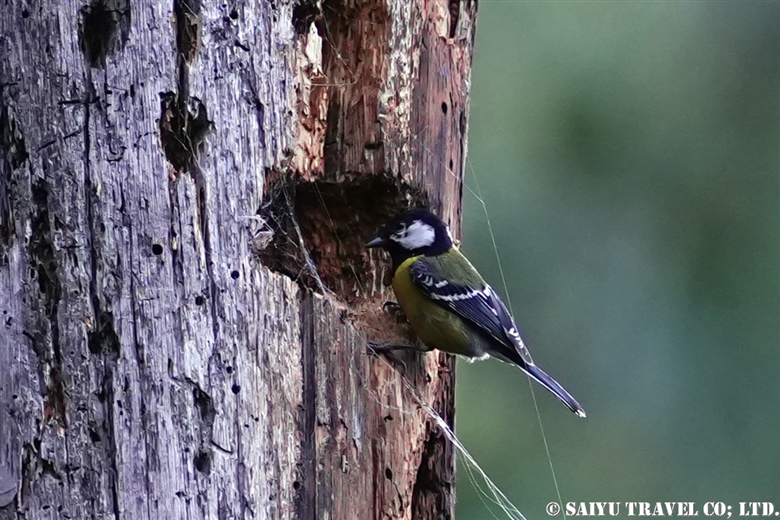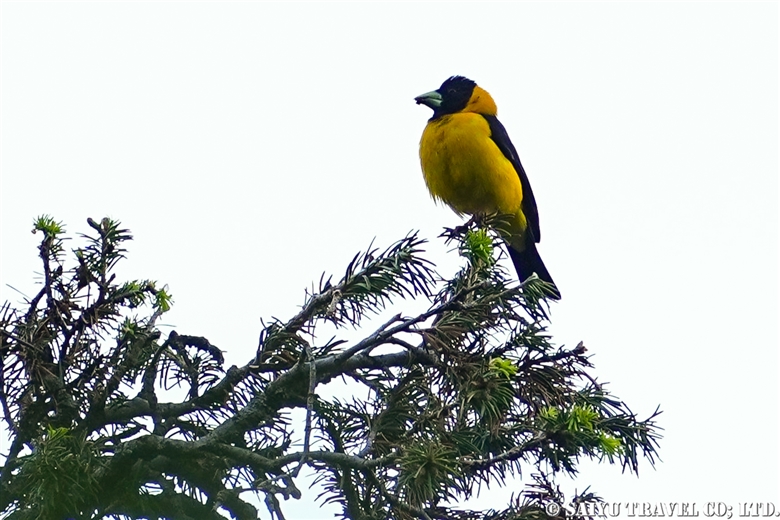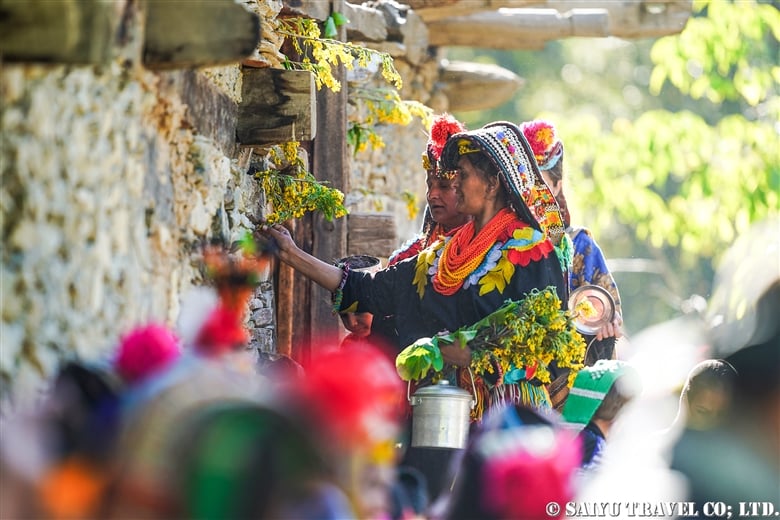As May arrives, the Kalash Valley awakens in its full glory. We’ve woven together the essence of the Joshi Festival—from the intimate ceremonies to the vibrant energy of the final day.
Joshi Festival Kalash Valley
Blog : The Joshi Spring Festival: A Kalash Ritual
Image & Text : Mariko SAWADA
*Contact us, Indus Caravan for more information or to make arrangements for visiting Kalash valley.
*Please follow us on Youtube, Instagram & Facebook
Category : = Video Clip KPK > ◆ Video Breathtaking Views of Pakistan > - Kalash Valley > ◆Khyber PakhtunkhwaTag : Kalash , Pakistan Travel company , Kalash valley , Pakistan tour operator , Pakistan Blog , Pakistan Photography Tour , Pakistan Travel Blog , Rumbur , Travel Vlog Pakistan , Bumburet , Indus Caravan , Joshi , Joshi Festival , PakistanBlog , Ayun , Pakistan Travels , Kafiristan































































